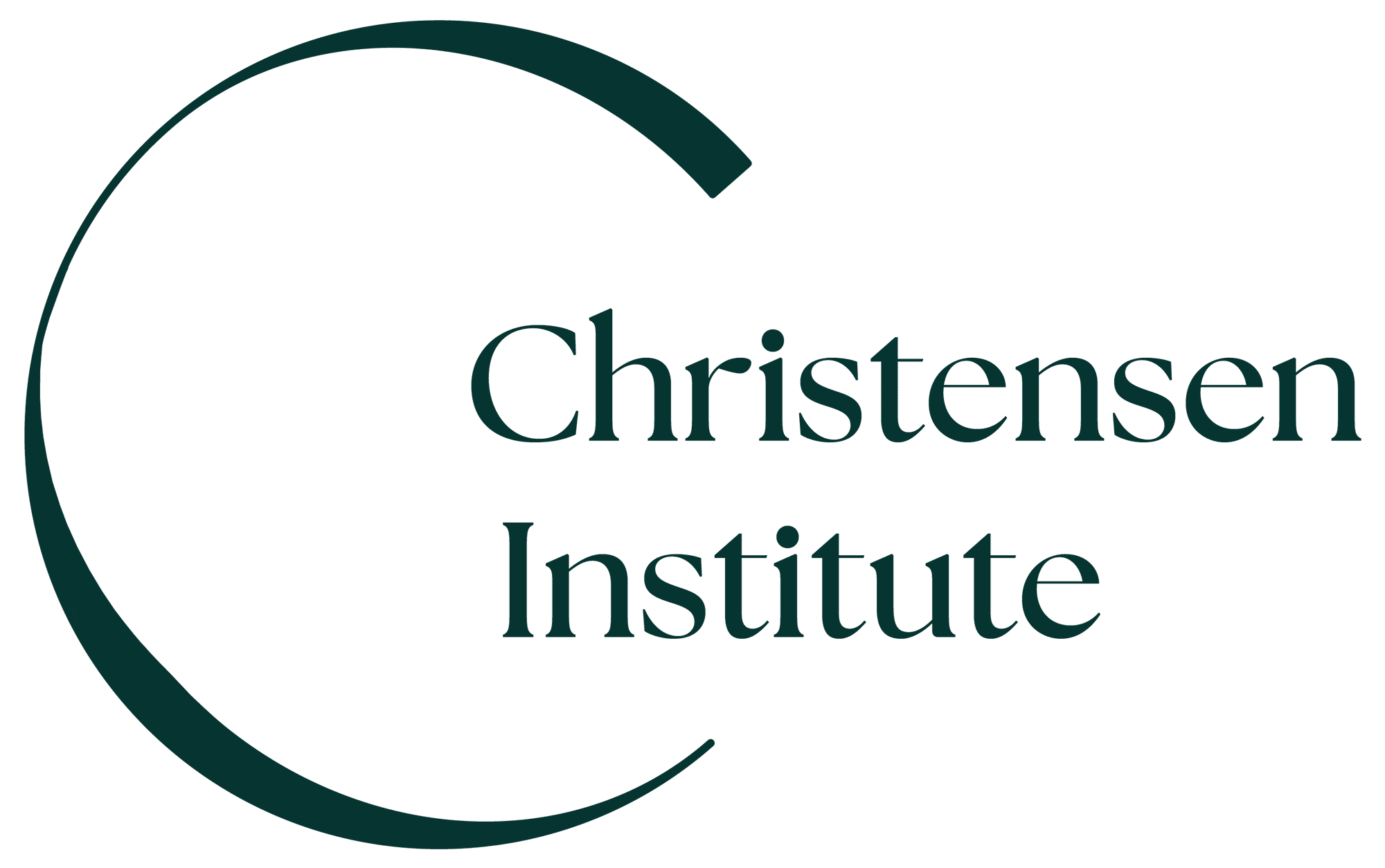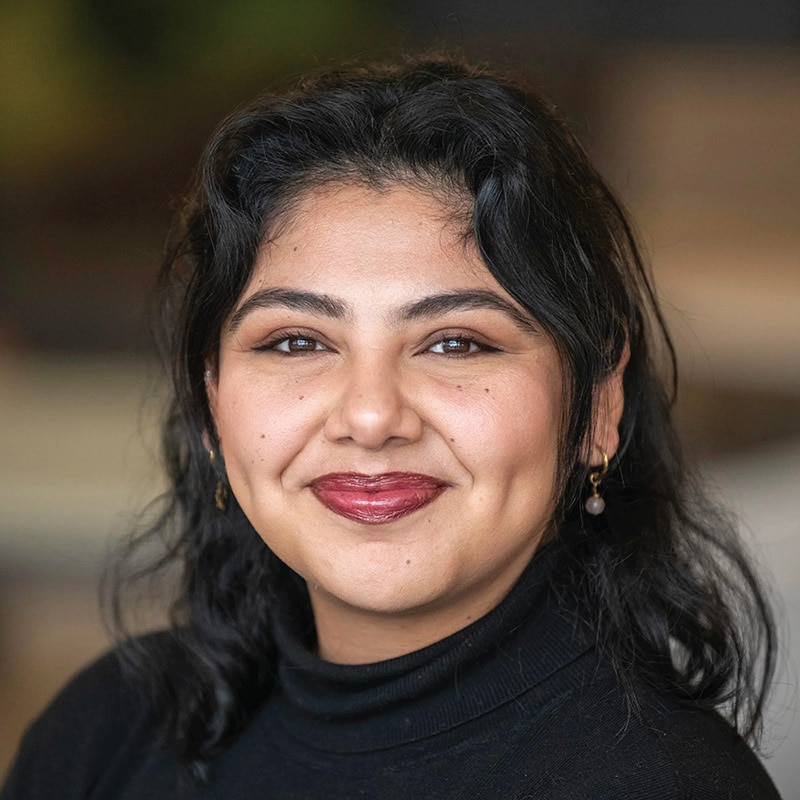First, I have to admit that I had a very difficult time writing this piece. And when my colleagues published great takes on our current government’s decisions affecting global development and health care, it really didn’t help my writing struggle. Amidst dark times, they provide a sense of hope and opportunity…meanwhile, I just wanted to rant.
However, I was wisely reminded that my published pieces are meant for an audience greater than myself and that although I’m an American working in the global development sector, USAID’s dismantling wasn’t going to directly affect my life. Thousands, yes, but not mine. So, although my feelings (and perhaps your feelings, too) are completely valid and important, in a humble effort to move beyond initial reactions, here is some guidance from an empathetic yet relatively unaffected insider on what can come next in our rapidly shifting world of global development:
- Take advantage of the new wave of nonconsumption.
- Don’t lose existing intelligence; use it to build a new business model instead.
- Reframe “foreign aid.”
A new wave of nonconsumption
The end of America’s foreign aid contributions is hugely consequential because the US contributed billions of dollars to global development, but also because, on top of the monetary value, the US Agency for International Development had a significant value in intelligence. The USAID website is gone, and with it, data on all projects and initiatives.
I was a “consumer” of USAID data—now where do I go? Where do researchers, foreign service officers, and program managers go? Well, there is the US foreign assistance website (which hasn’t been updated since December) for anyone wanting to learn about US fund allocation. We also have Devex, the United Nations Development Programme, and a plethora of other nations’ development agencies with their own research and data on global development.
But even so, the dismantling of USAID has created a wave of nonconsumption. Nonconsumption of general data on America’s past aid investments in international development and nonconsumption among aid recipients whose American aid programs have now paused or completely ended.
This is where entrepreneurs can step in. Whether it be the creation of a platform that informs on the state of affairs of past USAID initiatives or whether they are actual organizations focused on tackling some of these initiatives that no longer exist.
It may seem trivial and simplistic to ask the private sector to step in where the government has left a gap, but it’s not just an ask; it’s an ask and a how-to.
Build a new business model with existing intelligence
Dismantling USAID has affected aid recipients and USAID workers. Thousands of employees have been furloughed, have lost their jobs, and find themselves in very uncertain situations. I am so sorry for what they are going through, and I share this advice understanding that what I’m proposing is not easy and it might not be something they even want to think about right now, but when they’re ready it’s something to consider.
USAID was made up of foreign officers with vast experience and knowledge that shouldn’t be lost. These people were the resources of USAID’s business model; they delivered the value proposition and developed the processes.
As a refresher, a business model is made up of a value proposition, resources, processes, and a profit formula that, when taken together, creates and delivers value for an organization. As another refresher, when we think about strategies to sustain the growth of an organization, we often suggest creating a separate business model that can look for growth opportunities while the “main” business model continues to do what it does.
In this case, there is no “main” business model anymore; however, the concept of creating a new business model for growth can still be leveraged. USAID workers, in their various roles, make up and greatly influence three out of the four essential elements of USAID’s business model. The profit formula is where workers will need some support from the private sector, but with a little bit of support, these workers, who may find themselves in limbo now, can come together to create a “new business model” that not only succeeds, but that succeeds by leveraging their existing expertise to look for growth opportunities that hadn’t been looked at before.
It will differ from what previously existed because to ensure its success and continued growth, this new model should tackle nonconsumption (aid recipient’s various struggles) by focusing investment in market-creating innovations (MCIs).
Reframing foreign aid
Efosa Ojomo’s piece on the necessity of a paradigm shift for poor countries to make progress on development hits the nail on the head, so I encourage you to read that, but here’s my takeaway for the relevance of this piece.
The end goal of foreign aid should be to help further global development—to look beyond ourselves and our privileges and simply help. However we can, and to the capacity that we can. Historically, that has been done mostly through poverty alleviation programs, and while they are helpful and necessary in certain circumstances, poverty alleviation does not create sustainable growth. Poverty alleviation tackles the symptoms of poverty without developing a sustainable mechanism to eradicate this poverty.
There is another way to do foreign aid so that there comes a time when there is no need for it.
More recently, there has been a shift towards initiatives and aid that don’t just alleviate but that develop a system for sustainable economic growth, and one research-proven way of doing this is by investing in market-creating innovations (MCIs). MCIs transform complicated and expensive products into simple and affordable ones, making them accessible to the vast majority of people who previously couldn’t afford them, helping organizations build wealth, create jobs, generate taxes, and consequently develop their communities and their nations.
Investing in MCIs will help build markets, develop trading partners, and end the need for foreign aid. What an MCI is, how you invest in it, and how you build it are all detailed on our website and in The Prosperity Paradox: How Innovation Can Lift Nations Out of Poverty.
Hopefully, at the very least, this piece has provided some comfort so that as we reflect on what comes next, we can be angry, confused, and uncertain but also equipped to begin ideation on this new phase of global development.



